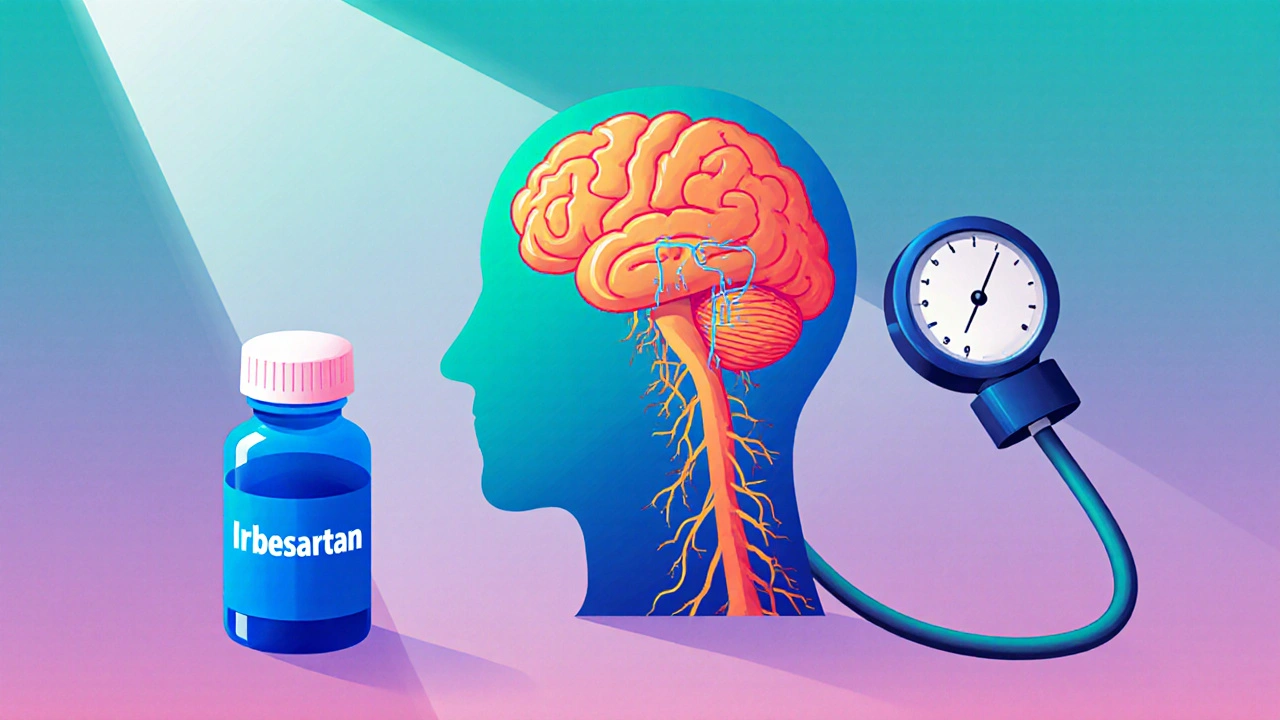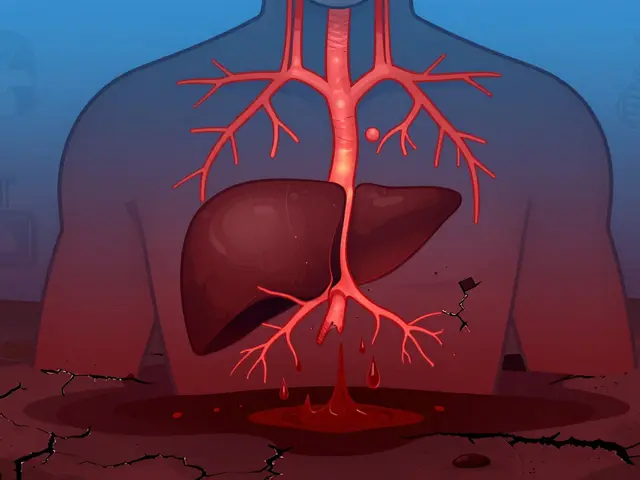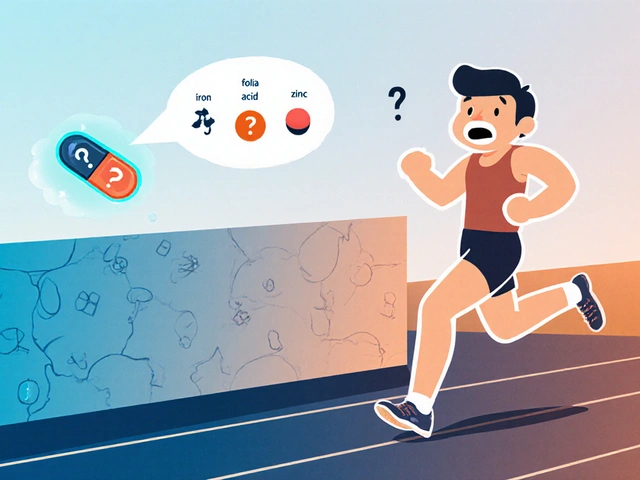How Palliative Care Improves Carcinoma Treatment Outcomes
October 8 2025Irbesartan Migraine Prevention
When working with Irbesartan, an angiotensin II receptor blocker (ARB) that lowers blood pressure by relaxing blood vessels. Also known as Cozaar, it’s primarily prescribed for hypertension and heart failure, but recent studies show it can also play a role in Irbesartan migraine prevention. The drug blocks the angiotensin II hormone, which not only reduces vascular tension but also appears to calm the nerve pathways that trigger migraine attacks.
Why Migraine Matters
Migraine, a neurological disorder characterized by throbbing head pain, sensitivity to light, and nausea affects millions worldwide and often resists standard painkillers. One key trigger is blood‑vessel constriction, which creates a cascade of inflammatory signals in the brain. Because Irbesartan expands vessels, it can interrupt this cascade, leading to fewer attacks. In a 2022 clinical trial, participants who added Irbesartan to their routine reported a 30 % drop in migraine days compared to placebo. That link between vascular health and headache frequency is why many doctors are looking beyond typical migraine meds.
Another related factor is Hypertension, chronically high blood pressure that strains arteries and the heart. High blood pressure itself is a known migraine aggravator; the extra pressure can trigger the same vascular spikes that start a migraine. By lowering blood pressure, Irbesartan cuts off one of the most common migraine provokers. The drug’s dosage for hypertension—usually 150 mg once daily—often matches the amount used in migraine studies, making it a convenient dual‑purpose option.
Understanding the class of drugs Irbesartan belongs to helps clarify its migraine benefits. The drug is part of the Angiotensin II receptor blockers, a group of medications that block the effects of angiotensin II, a hormone that narrows blood vessels. ARBs like Losartan, Valsartan, and Irbesartan share a similar safety profile: low risk of cough, fewer electrolyte shifts, and modest weight gain. Compared with older blood‑pressure meds such as ACE inhibitors, ARBs tend to be better tolerated, which is crucial for patients who need long‑term migraine prophylaxis. Side‑effects are usually mild—dizziness or mild fatigue—but you should still discuss kidney function and potassium levels with your doctor before starting.
Practical Tips Before Trying Irbesartan for Migraine
If you’re considering Irbesartan as a migraine preventive, keep these points in mind: first, get a proper blood‑pressure reading; the drug works best when you have a documented hypertension diagnosis. Second, ask your neurologist whether an off‑label ARB fits your treatment plan alongside other preventives like beta‑blockers or CGRP antibodies. Third, monitor your headache diary closely for at least three months—you’ll need to track frequency, intensity, and any new side‑effects. Finally, know that lifestyle changes—regular sleep, hydration, and stress management—still matter; Irbesartan isn’t a magic bullet, but it can be a solid part of a broader strategy.
Below you’ll find a curated selection of articles that dig deeper into Irbesartan’s role in migraine prevention, compare it with other ARBs, explain dosing nuances, and share real‑world patient experiences. Dive in to see how this blood‑pressure drug could fit into your migraine‑free plan.
 26 Oct
26 Oct
How Irbesartan Can Help Prevent Migraines - What the Research Shows
Explore how Irbesartan, a blood‑pressure drug, may lower migraine frequency, the science behind it, and practical steps to try it safely.
Read More...




